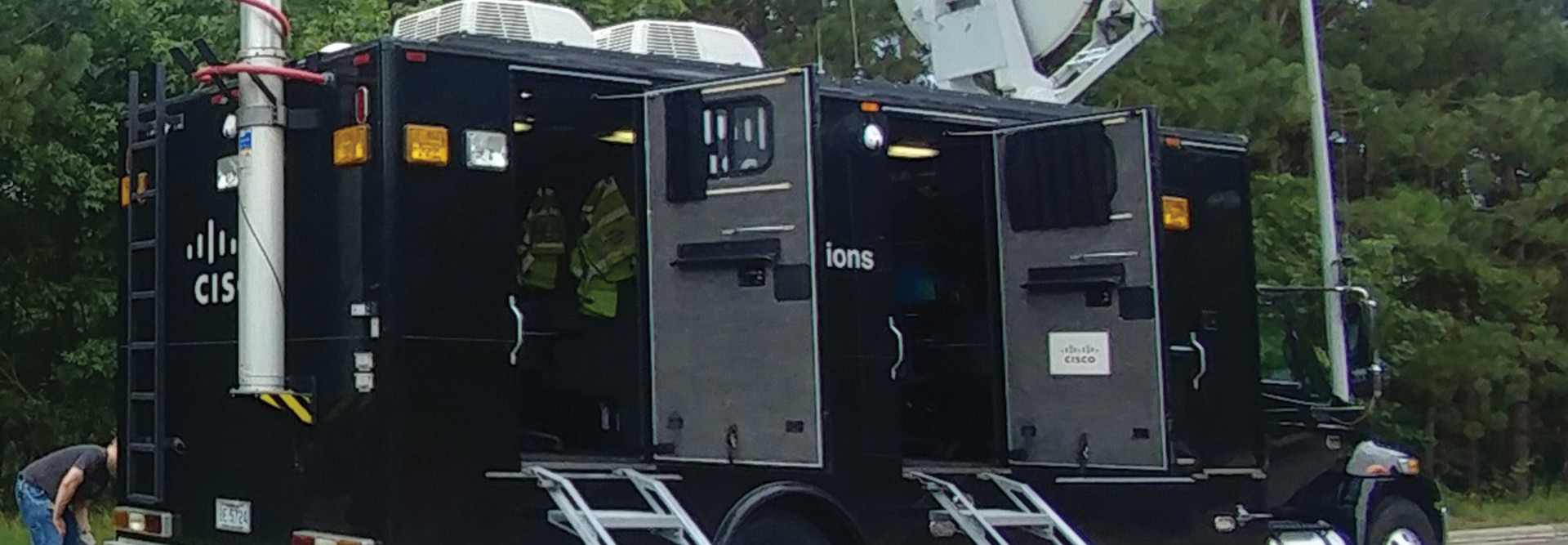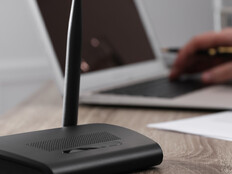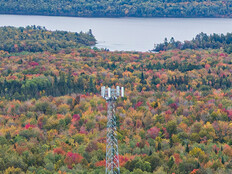Cisco Crisis Response Focuses on Connectivity, Education
Cisco Systems has longstanding ties to the first responder community via its Tactical Operations team, which has provided connectivity, collaboration and security solutions to disaster response teams for more than 15 years. Recently, Cisco merged Tactical Operations with its Critical Human Needs humanitarian aid unit to form Cisco Crisis Response.
“Cisco Crisis Response is comprised of several full-time technical engineers, operations and logistics coordinators, and grant portfolio managers, along with an extended team of 300+ Cisco employees who volunteer their time and expertise,” a recent Cisco blog notes.
In addition to helping set up networks in the wake of disasters, Cisco also focuses on educating leaders and workers at public safety and emergency response agencies on how to keep their equipment up to date and their skills fresh. The Cisco teams often bring equipment to agencies to help them train when they go over a topic.
The company’s No.1 aim is to ensure agencies are prepared for disasters and know how to implement standard operating procedures when a disaster strikes — including setting up emergency connectivity and mobile command centers — and how to tap the Federal Emergency Management Agency for resources.
RELATED: How can connected fleet solutions help first responders communicate more effectively?
Verizon Response Team Brings Network Assets to Bear
Verizon is a powerhouse when it comes to deploying devices and network assets for state and local agencies in the wake of a disaster.
These include temporary cell towers — so-called cell on wheels and cell on light trucks, or COLTs — and other wireless network assets. The company has even developed a prototype 5G-enabled emergency response vehicle dubbed THOR (Tactical Humanitarian Operations Response).
In addition to those assets, Verizon offers mobile devices for emergency officials and large-scale charging stations for first responders’ devices.
The Verizon Response Team says it is “available 24/7 to support public sector agencies” and is focused on helping agencies “increase situational awareness, make decisions, and respond effectively during an event.”
Like Cisco, Verizon is also focused on helping agencies plan for future emergencies and offers recommendations for how they can improve their disaster response approaches.
Information Technology Disaster Resource Center Can Send Equipment
Another avenue agencies can explore is the nonprofit Information Technology Disaster Resource Center, which is supported by a wide range of technology and communications companies that often provide the solutions the ITDRC helps deploy.
The organization relies on volunteers and will roll out charging stations, establish connectivity and provide mobile devices in the wake of a variety of disasters, including hurricanes, wildfires and earthquakes. The ITDRC also supports vaccination efforts across the country with technology, connectivity and workspace solutions.
“ITDRC maintains a distributed cache of communications equipment and surge technology assets to meet the short and long term needs of a community during the Response and Recovery phases,” the organization notes on its website.
EXPLORE: Tech tools can enable real-time situational awareness.
FirstNet from AT&T Offers a Robust Network
Last but not least is FirstNet, the interoperable public safety communications network built by AT&T. FirstNet is currently used by 18,500 public safety agencies and organizations, with 2.8 million devices connected and a catalog of 315 different FirstNet-ready devices.
“Public safety is utilizing FirstNet to manage daily operations, planned events, and emergency situations and disasters,” the service notes in a recent release. “From San Francisco’s Fleet Week earlier this month to COVID-19 testing centers and wildfires in the West, FirstNet is keeping public safety connected unlike any other network.”
Earlier this year, FirstNet upgraded its network core to enable reliable 5G connectivity to provide ultralow latency and faster speeds.
It’s in first responders’ best interest to know who their counterparts are at those organizations, so now is the time to make those personal connections if they haven’t already. That way, when an emergency arises — as it surely will — agencies will know which assets may be available free of charge.
This article is part of StateTech’s CITizen blog series. Please join the discussion on Twitter by using the #StateLocalIT hashtag.












